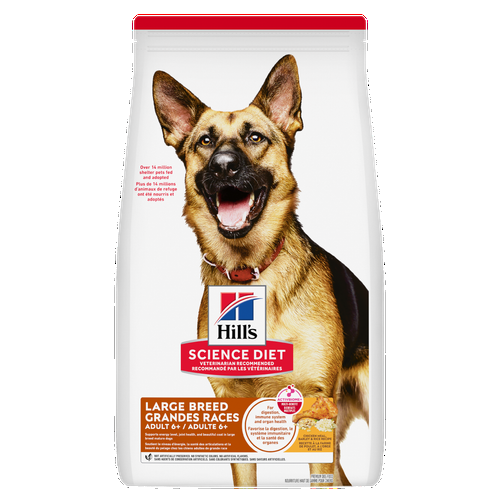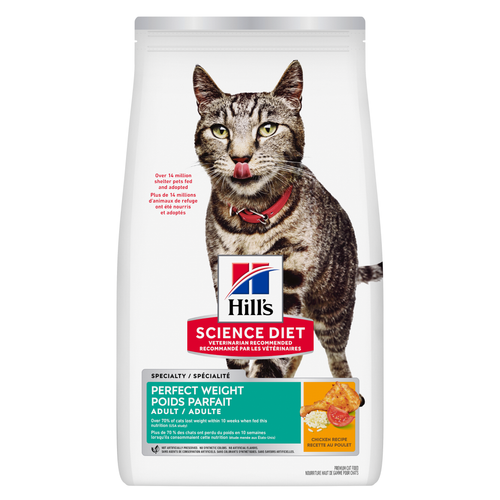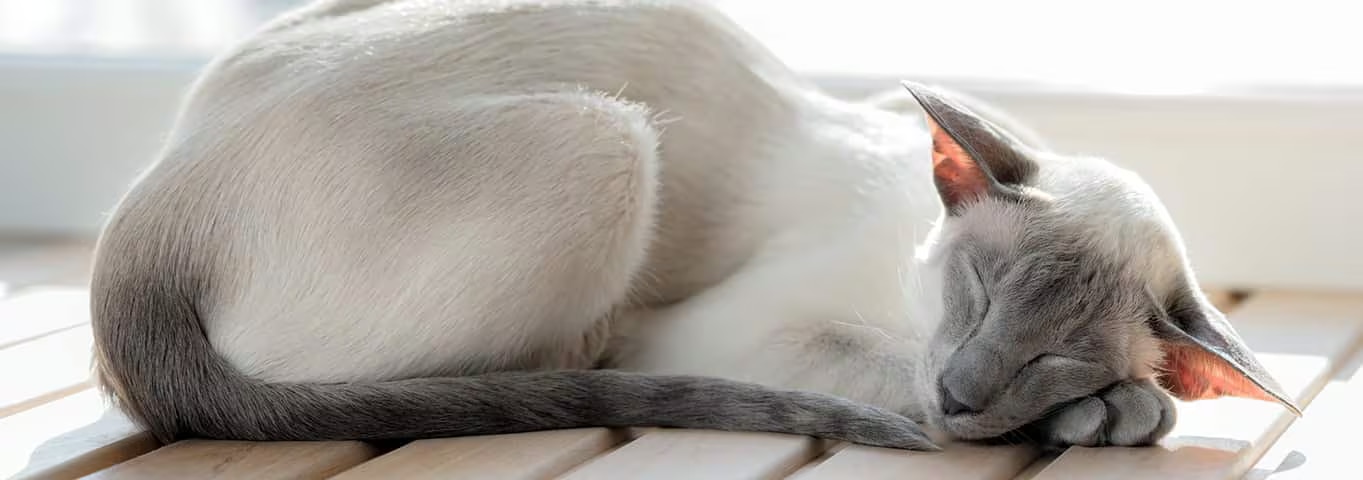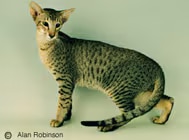The Oriental is a cat of extremes. The head is a long triangle. The tall ears are set to be a continuation of this triangle. The nose is long and straight. The legs are long and slender. The tail is long and tapers to a point. The eyes are almond shape and are usually a bright green. White Orientals may have blue, green, or odd eyes. The pointed Oriental has blue eyes.
The Oriental shorthair coat is short, glossy and lies close to the body. The longhair variant has a medium length coat rather than a full, flowing coat.
The Oriental cat is not only beautiful but also is highly intelligent. She can be trained to walk on a lead. This does not mean, however, that she can be trained to do everything you might wish. Like most other highly intelligent breeds, the Oriental has her own desires.
The Oriental is an affectionate cat and requires her parent to be as dedicated to her as she is to her parent. The parent must be affectionate to the Oriental and must spend some time spent playing with her.
Parents can tell when the Oriental gains weight. Oriental cats show a pot belly even after indulging in one day of over eating. The nutrition must be carefully controlled for this breed. The long, slim legs are not made to hold a fat body.
Orientals are great jumpers and love heights. For this reason, perches and cat trees should be provided. Oriental cats love to play and appreciate toys around the house for their pleasure. While the coat needs little care, the Oriental Shorthair associates brushing with affection and will enjoy being groomed.
As elegant as the Oriental looks, she can be quite a lap cat. She is extremely affectionate and will sleep next to her parent in bed.
In the 1910s and 1920s in Britain, the Siamese cat was extremely popular. Part of the attraction was the unusual color restriction or pointing. Because of this coloring, breeders determined that all solid colors should be excluded from this breed. The name "foreign shorthair" was given to the first solid color Siamese cats. These cats, which had a myriad of colors and patterns, are now known under the breed name Oriental.
The Oriental is essentially a Siamese cat with a different coat color. A breeding program of Orientals may produce some cats that carry the color restricted pattern of the Siamese, but they are still considered Orientals.
Over time Orientals produced some longhair kittens. These are now recognized as a separate breed called the Oriental longhair. The Oriental longhairs are much less common than are Orientals with short hair.
Adopt a pet. Change a life.
Are you prepared to adopt a pet? Use these tools to make sure you are ready for the commitment.
Adopt a pet. Change a life.
Are you prepared to adopt a pet? Use these tools to make sure you are ready for the commitment.






















